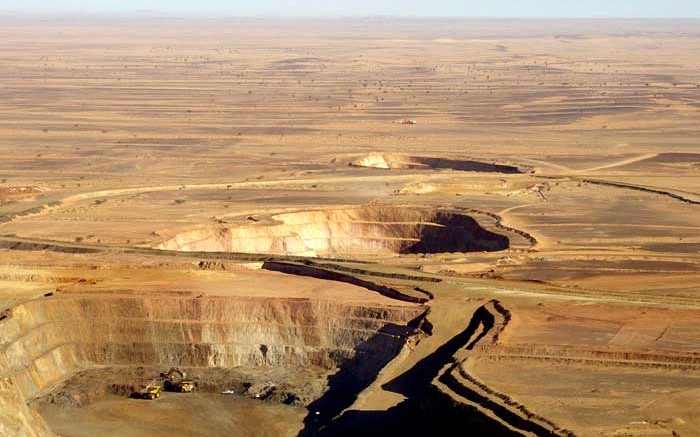VANCOUVER — Toronto-based producer Kinross Gold (TSX: K; NYSE: KGC) is trying its best to adjust to precious-metal markets, but lower-than-anticipated gold prices keep cutting into the company’s earnings. Kinross has, however, taken positive steps through its “Way Forward” program, which has resulted in falling capital expenditures and rising production.
Kinross cranked out 680,500 oz. gold during the third quarter at all-in sustaining costs of US$1,069 per oz. The results mark a third-straight quarter-on-quarter improvement for the company, which produced 672,200 oz. during the second quarter and 648,900 oz. during the first quarter. Operational improvements saw two of Kinross’ long-standing mines — namely Fort Knox in Alaska and Paracatu in Brazil — achieve all-time production records during the period.
As a result Kinross increased its annual guidance range, which jumped from between 2.4 million oz. and 2.6 million oz. to between 2.6 million oz. and 2.65 million oz. The company is struggling with high operating costs, however, with all-in sustaining costs expected to come in between US$1,100 per oz. and US$1,200 per oz. for the rest of the year.
Kinross’ second focus has been to reduce capital costs, especially general and administrative expenses. The company identified US$150 million in savings across its operations, and announced it had cut another US$50 million during the third quarter. The company wagers its 2013 capital expenditures will total US$1.4 billion, while it works to decrease that number to between US$800 and US$900 million for its 2014 budget.
To save money, Kinross will merge its North and South American regions into a single entity, close its offices in Reno and cut staff at its administrative offices in Brazil and Chile.
“Looking at the big picture, I see two key things in this quarter: first, operational performance; and second, cost reduction,” explained CEO Paul Rollinson during his quarterly conference call. “We continue to make solid progress. Well before the gold price fell, with our ‘Way Forward’ program, we brought a new level of discipline to our capital spending and reset the focus of our operations to cash flow, cost control and quality over quantity.”
Despite the operational successes, lower gold prices are taking a toll on Kinross’ quarterly earnings and cash flow. The company reported adjusted net earnings of US$54 million, or 5¢ per share, which compares to US$252 million, or 20¢ per share, during the same period in 2012. Operating cash flows declined 41% year-on-year to US$256 million, or 22¢ per share, largely due to the lower realized gold price, which fell from US$1,649 per oz. in third-quarter 2012 to US$1,331 per oz. over the past three months.
“Looking at our operating cost, as we have said before, there are costs we can control and costs we can’t control,” Rollinson added. “We have reduced our workforce significantly in some areas of the business, as a result of decisions we have made at our projects, mines and regional offices. In other cases, we have reduced operating cost by replacing more expensive contractors with our own employees. These types of decisions are consistent with our focus on margins.”
BMO Capital Markets analyst David Haughton — who maintains a “market perform” rating on Kinross, along with a $6-per-share price target — noted on Nov. 13 that “the company maintains a focus on cost reduction and balance-sheet flexibility, but at the sacrifice of yield and growth.”
Kinross held US$900 million in cash at the end of the third quarter, which was offset by US$2.1 billion in debt. The company can also access a US$1.5-billion credit facility, with US$35 million drawn to date. Kinross has traded within a 52-week window of $4.74 and $10.44, and gained 22¢ after its quarterly results, en route to a $5.40-per-share close at press time. The company has 1.1-billion shares outstanding for a $6.2-billion market capitalization.


Be the first to comment on "Kinross sees earnings decline despite strong production"